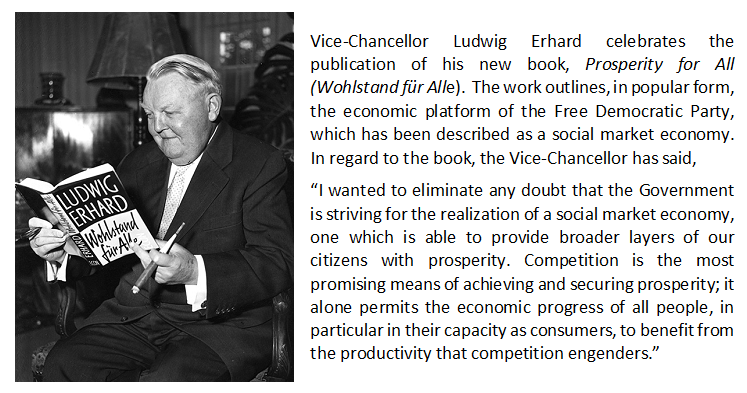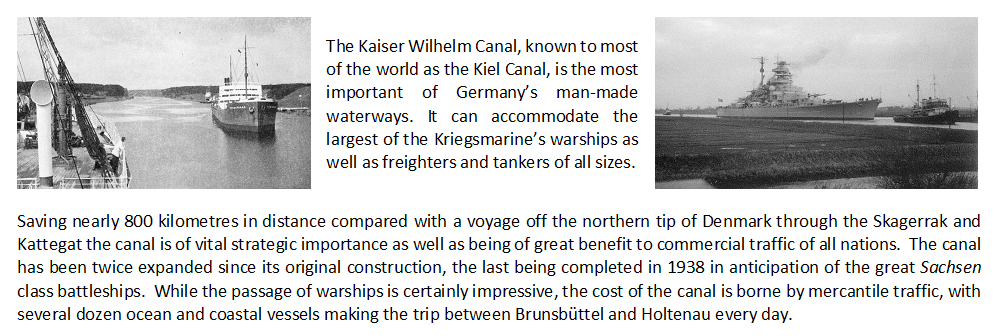Militärwissenschaftliche Mitteilungen is a publication of the Harrassowitz Verlag of Wiesbaden, and covers military topics of interest to the general public.
The Eat of Battle – How The Heer is Fed
The proverb “An army marches on its stomach” is sometimes attributed to Friedrich der Große and sometimes to Napoleon Bonaparte; what is unquestioned is that the soldier must be fed in order to march and fight. The
Deutsches Heer is quite cognizant of this need, and has gone to great lengths to provide its personnel with a balanced and nutritional diet whether in garrison or in the field. The Provisions Office of the Army Services Centre (
Proviantamt der Dienstleistungszentrum des Heeres) assures that the soldier is properly fed under all conditions.
Background
The provision of rations to the soldier in the field has always been in the forefront of the minds of intelligent commanders. Following the travails of the Thirty Years War, when armies were turned into ravaging bands of foragers each of the armies of Europe worked out systems for maintaining magazines in strategic locations and were chained to these or constrained by the services of their provision contractors. The great English commander, the Duke of Marlborough, on his march from Flanders to the Donau in 1704 was only able to execute this feat due to his careful preparations for the feeding of his troops and the efforts of his commissary, Sir Solomon Medina.
In the latter portion of the Eighteenth Century the question of feeding large numbers of soldiers efficiently and in a cost effective manner was studied by Benjamin Thompson,
Reichsgraf von Rumford, in Bavaria. There, in 1795, he introduced what has since become known as Rumford Soup (
Rumfordsuppe), a thick soup of peas, barley and potatoes often cooked in stale beer – supplemented with bread rations and meat such as bacon, or salted herring, it gave, for the time, a near optimum mix of protein and carbohydrates in the diet.
Progress through Science
Scientific progress in the matter of feeding troops progressed during the Nineteenth Century. The prize won by Nicolas Appert for his development of the process of canning is well known, as is the invention in England of the so-called “tin-can”. Study by Prussian officers of the logistics efforts of the Union Army during the American Civil War highlighted such developments as the issue of desiccated vegetables and the invention of condensed milk by Gail Borden. These prompted Johann Heinrich Grüneberg to develop the famous
Erbswurst concentrated soup, an item which today remains in the ration of the German soldier.
Advances in Equipment
The invention of the mobile field bakery (
backofenwagen) in 1890 gave flexibility to the divisional trains supporting units of the Imperial Army, and the design has remained relatively unchanged until today. The field bakery comprises a wagon or, today, a trailer, upon which are mounted baking ovens, bins for ingredients, surfaces for preparation and the all-important loaf pans for baking
Kommißbrot, the standard ration loaf of rye and wheat flours. A single field bakery is capable of producing up to 9,600 loaves of bread per day.
While field kitchens of various sorts had been improvised before the modern field kitchen (
feldkochherd) was invented in 1892 by Karl Rudolf Fissler of Idar-Oberstein, which was rapidly adopted by the Imperial Army and known affectionately by soldiers as the
Gulaschkanone. The important advance introduced by the Fissler field kitchen was its ability to cook of keep food warm while on the march. It greatly reduced the time required to feed troops at the end of a day’s movement. The addition of a pressure cooking boiler (
dampfkochtopf) also facilitated the rapid preparation of soups and stews.
Legacy of the Great War
The preparations of the Imperial Army served it well during the initial advances at the outbreak of the conflict. The advent of trench warfare, combined with the shortages imposed by England’s naval blockade, created progressive problems at the front, which contributed to the eventual defeat of the Imperial Army. While all possible efforts were made to cook rations in the immediate rear of fighting positions all too often the frontline troops were reduced to a monotonous diet of iron rations if fortunate, or whatever food they might find by forage. Shortages reduced the flour content of the ration loaf and even potatoes for soup or stew became rare. Ration parties bringing food to forward positions often fell casualty to shell fire or poison gas.
As it reorganised in the years following the Great War the
Heer has placed great emphasis on assuring that the situation that arose in the war years would not be repeated. The need for adequate rations to sustain the morale of the troops at the front, and to assure their good health and fighting ability was recognised at all levels.
The Heer Today
The feeding of troops today is organised on three levels – In Garrison; In Field; and on Active Duty.
Troops at their home stations are fed in permanent mess halls fully equipped to provide three meals per day. These are based upon the standard ration plan and include 750 grams of bread, 400 grams of meat or 200 grams of bacon, 800 grams of potatoes, 600 grams of vegetables, 100 grams of fruit and 100 grams of butter or margarine. Insofar as possible all food provided is fresh, or in the case of meat, frozen.
Field kitchen and field bakery troops are organic to all formations of the
Heer, and great efforts are made to maintain the standard ration while in the field. Some substitutions, of course, must be made. Instead of fresh meat, resort is made to canned or dried meats – sausages being particularly popular in the latter category. Canned vegetables are also used, though to a lesser degree.
The greatest change in a soldier’s ration in the last ten years are those intended for use when on active duty, where access to field kitchens is not possible. For these circumstances several sets of rations have been developed, including the Individual Ration (
Einmannpackung) and the Squad Ration (
Gruppepackung). These have completely replaced the older Iron Ration and are far better balanced nutritionally.
The Individual Ration includes a 300-gram tin of meat, a 150-gram unit of hard bread (
hartkeks or
hartzweiback) and a 150-gram tin of processed cheese designed for a long shelf life. It also includes such amenities as coffee, sugar, salt, hard candy, cigarettes and matches. This is intended to provide one meal for one soldier, but is not intended for use in an extended period. Should this prove to be necessary due to the exigencies of service, a Supplemental Ration (
Zusätzlichepackung) is issued to the soldier, which includes such additional items as coffee,
Erbstwurst, crackers and chocolate.
The Squad Ration, issued whenever possible, offers greater variety for the soldier. It is intended to feed up to ten men for a single day, and does not require any particularly high level of culinary skill on the part of the soldier to prepare the contents. The squad ration includes coffee, tinned meat and vegetable stew, tinned beef stew, dehydrated eggs, Maggi-cubes,
Früchtebrot, oatmeal,
hartzweiback, condensed milk, condensed soup, margarine, cooking oil, chocolate and much else. Originally intended for use by motorised troops, it has now seen more general issue in many of the
Heer’s field exercises.
The Future
The Provisions Office has begun experimentation with pre-packaged “Ready Meals” or
Fertiggerichte. These are envisioned as a sealed, compartmented tray – each compartment holding one item of the meal - a cut of meat, usually beef or pork; with a vegetable, such as peas, carrots, corn, or potatoes; and sometimes a dessert. The contents would be pre-cooked in a factory setting and would only require heating prior to serving. Limited trials of these units were carried out during winter exercises late last year with some success, and the Provisions Office has indicated that it will continue investigation of such to potentially replace the venerable
Gulaschkanone.




